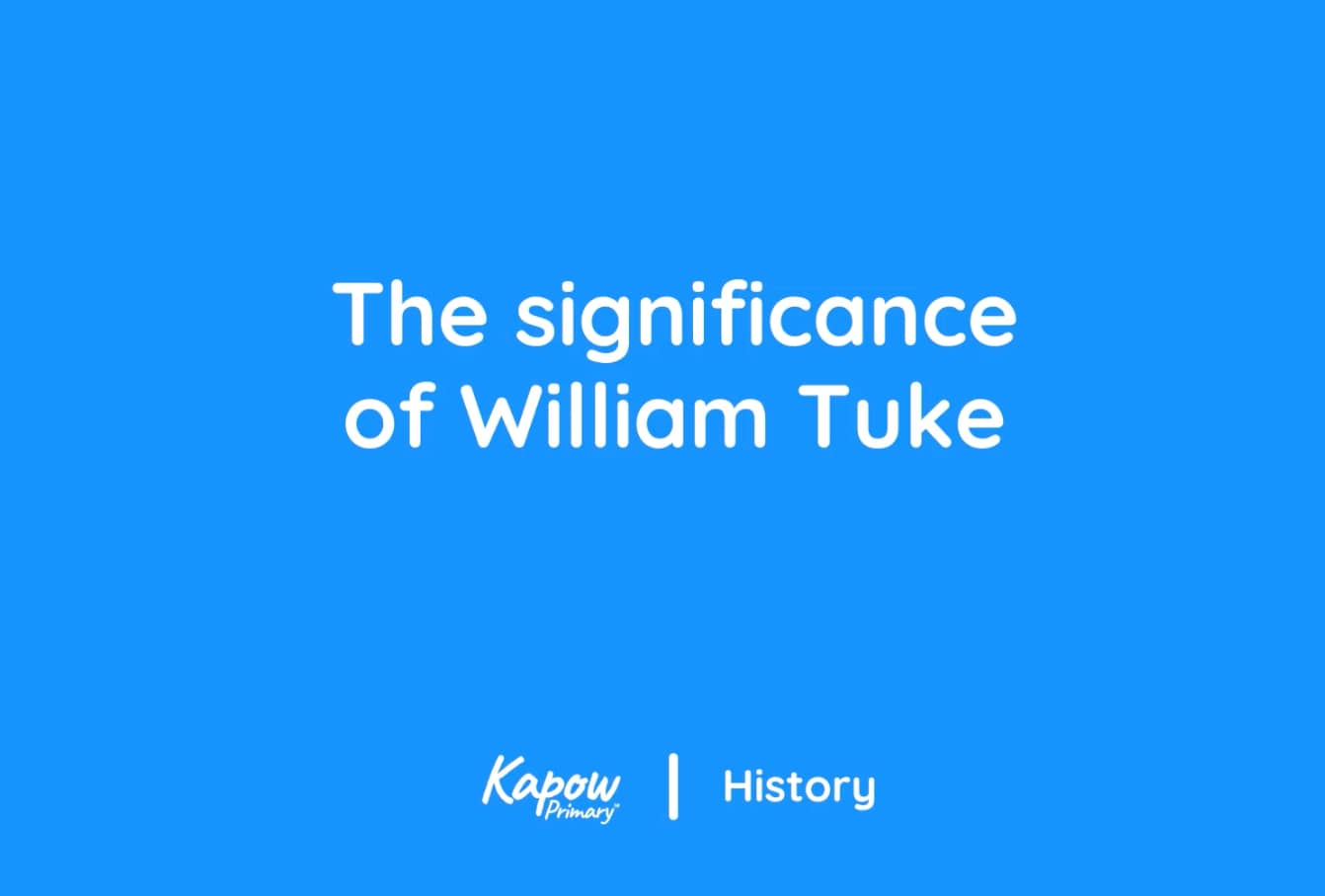
This Kapow pupil video is part of the Kapow History scheme of work. It introduces the story of William Tuke, a man from York who wanted to improve the way people with mental health needs were cared for. In the 1700s, people in hospitals were often treated very badly, but William Tuke believed everyone should be treated kindly and fairly. He raised money to open a special hospital called The Retreat, where patients had better food, clean living spaces, and were allowed visits from their families.
William was a Quaker, a type of Christian who believes all people have equal worth. His new approach became known as moral treatment, and it helped many people recover. His son and grandson continued his work and told others about the better way to care for people. William Tuke also opened schools and spoke out against slavery. Thanks to his work, The Retreat still helps people today, showing how one person’s kindness can make a lasting difference.
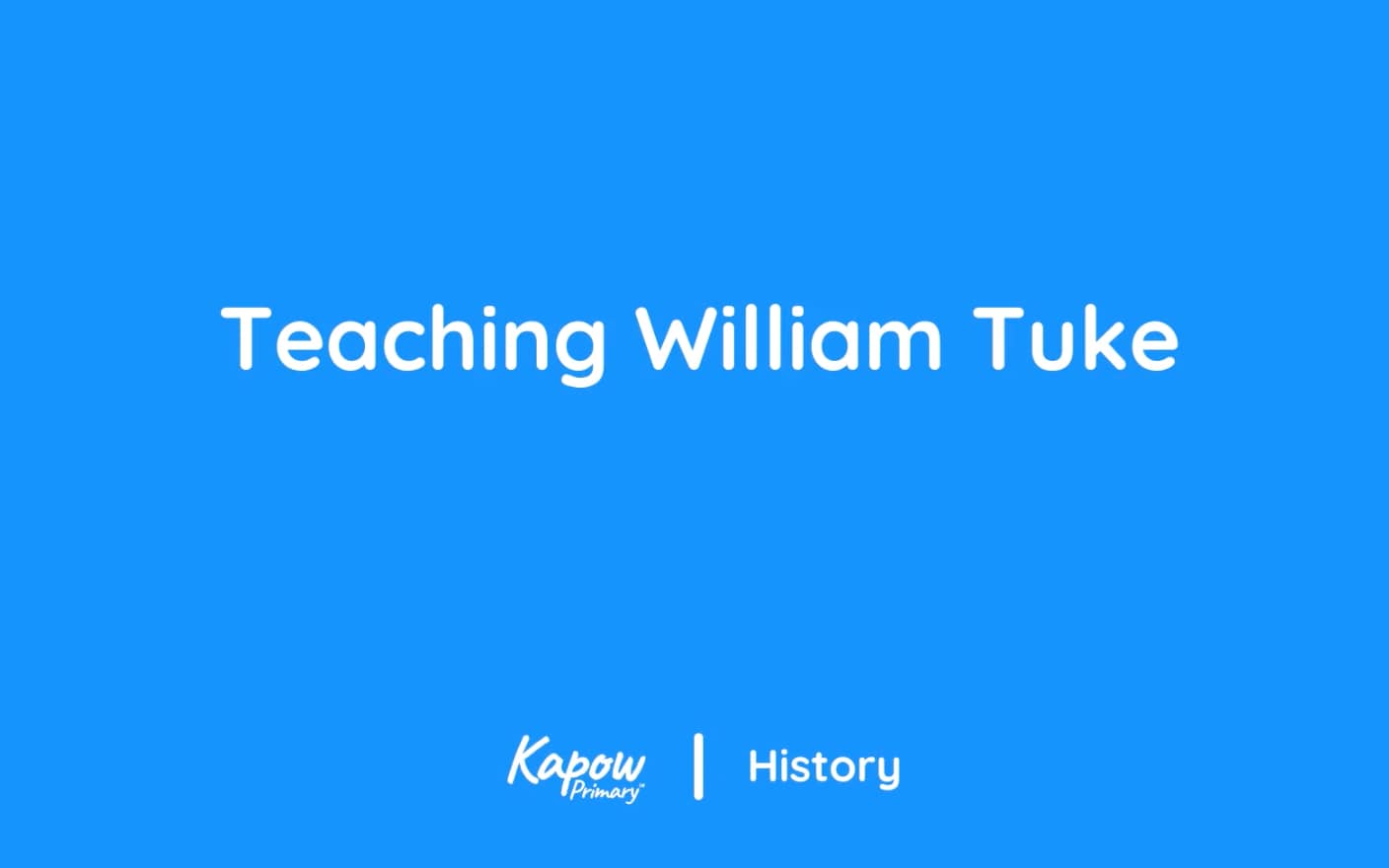
This History video introduces teachers to the significance of philanthropist William Tuke and his pioneering role in improving mental health care in the eighteenth century. It explains the poor conditions in early mental health hospitals, known then as asylums, and highlights how Tuke’s Quaker beliefs inspired a more compassionate approach to care. The video outlines how his founding of The Retreat in York offered improved conditions for patients, including good food, access to nature, and family visits.
This video is part of Kapow Primary’s History scheme – England. It supports teachers in exploring changing attitudes towards mental health and introduces the concept of moral treatment. It also includes guidance on addressing sensitive issues appropriately in the classroom, helping teachers feel prepared to approach this topic with care.

This History video introduces teachers to the concept of historical significance and how to support pupils in recognising why certain individuals and events are studied. It explores how historians make decisions about who and what is important in the past and why these choices may change over time. Using the stories of Ellen Wilkinson and Betty Boothroyd, the video models how pupils can begin to explore significance through criteria like contribution, legacy and representation, supporting analytical thinking at primary level.
This video is part of Kapow Primary’s History scheme – England. It supports teachers in confidently addressing the idea of significance through engaging case studies, helping children consider whose stories are told and why. It also offers guidance on handling sensitive or emotive topics with care and balance in the classroom.

This Kapow pupil video is part of the Kapow History scheme of work. It introduces pupils to two inspirational British women, Ellen Wilkinson and Betty Boothroyd, who both worked in politics to help improve people’s lives. The video explores how Ellen Wilkinson became involved in the suffragette movement and later became an MP, while Betty Boothroyd began as a dancer and eventually made history as the first woman Speaker of the House of Commons.
Their stories show how determination and a desire to make a difference led them to important roles in government. Ellen Wilkinson fought for education and women’s rights, while Betty Boothroyd ensured fairness and order in Parliament. Both women challenged expectations and helped shape a more equal society, leaving a legacy that still matters today.
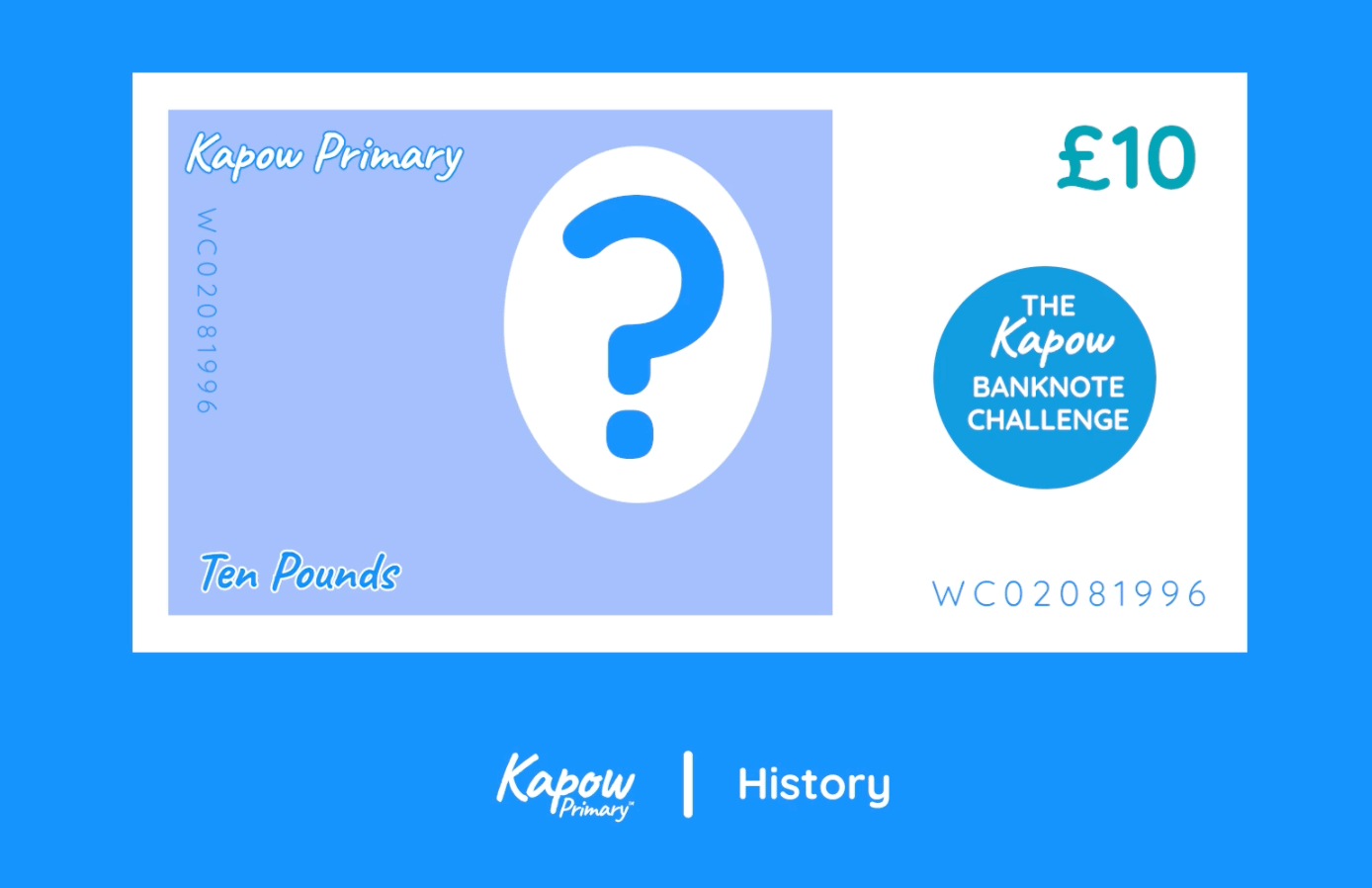
This History video introduces teachers to the Kapow Banknote Challenge, which invites pupils to investigate lesser-known historical figures and their contributions to life in Britain. It supports children in exploring how people from different backgrounds have shaped society through innovation, leadership, and values. The unit provides opportunities to develop historical skills while encouraging reflection on fairness, representation, and change over time.
This video is part of Kapow Primary’s History scheme – figures. It designed to help teachers manage sensitive topics with confidence and impartiality. It outlines how to prepare for discussions, challenge stereotypes, and support pupils in examining different perspectives in a respectful and meaningful way. The challenge follows the Bank of England’s banknote selection process and can be tailored to include local or relevant figures, offering an engaging and thought-provoking inquiry into historical significance.
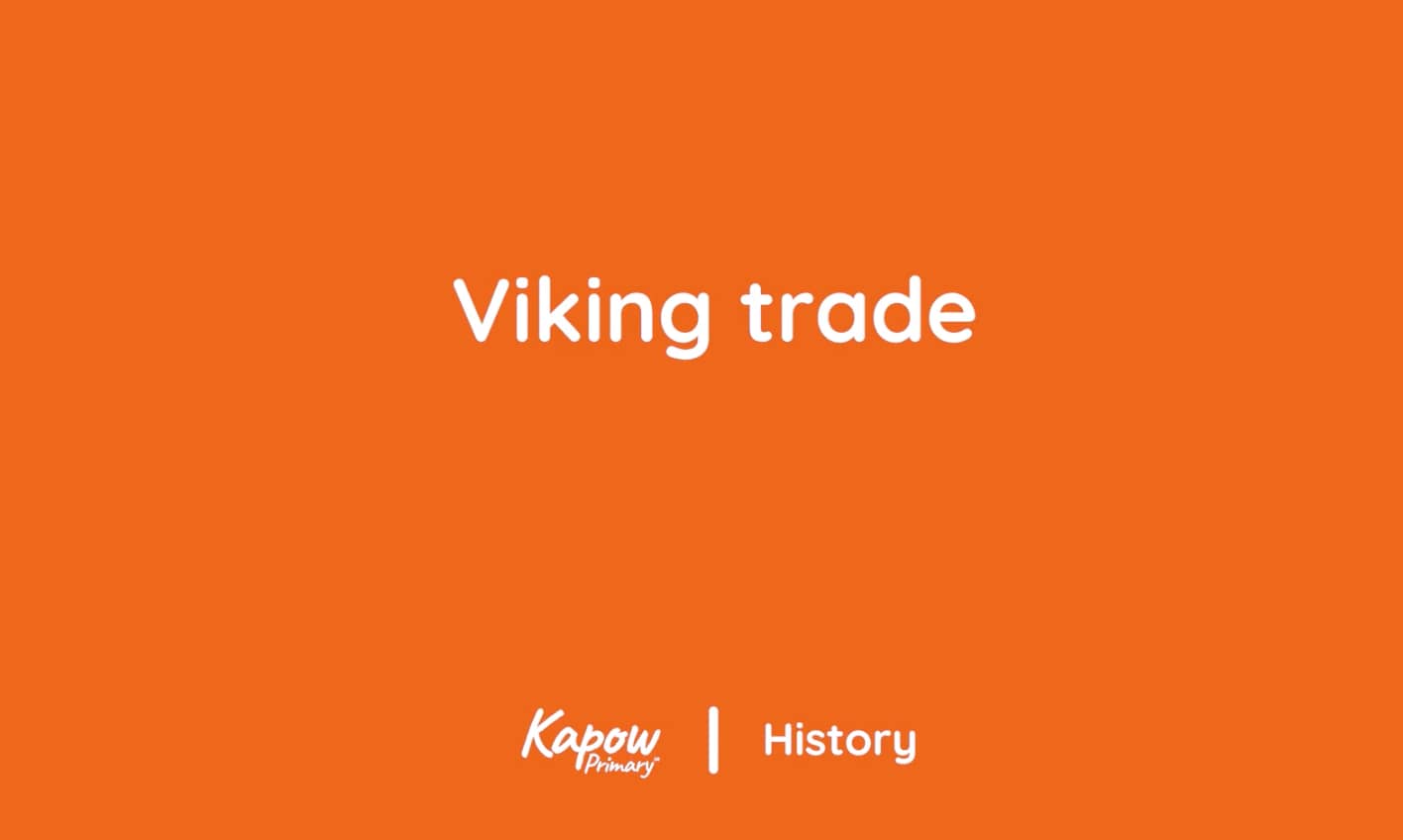
This History video introduces Key stage 2 pupils to how Viking trade worked, showing the goods they exchanged, the long-distance routes they used, and how trading helped them grow in wealth, knowledge and connections across different parts of the world.
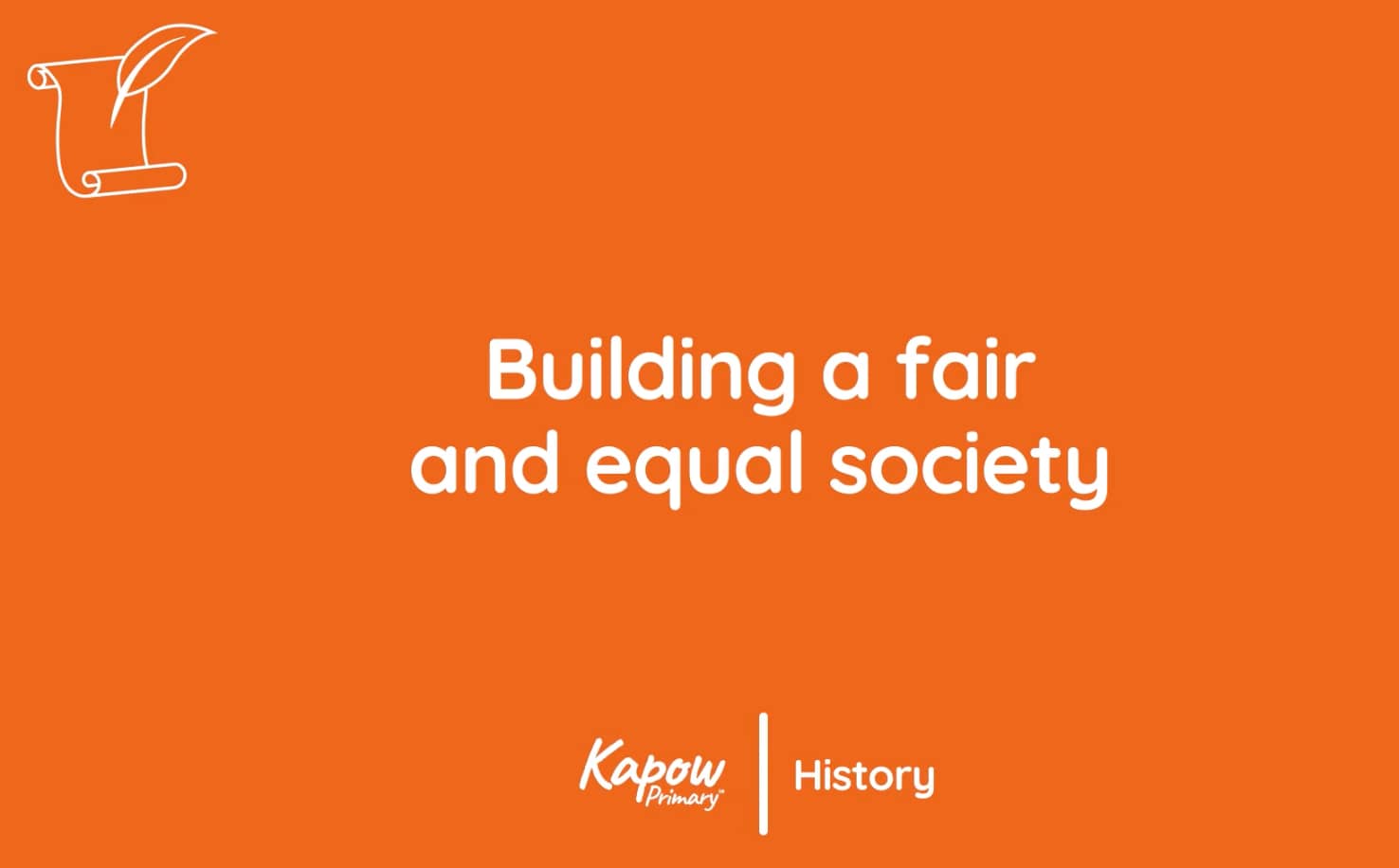
This History video introduces Year 5 and 6 pupils to the development of Sikhism during the Mughal Empire and how Sikhs stood up for religious freedom, fairness and compassion.

This History video supports teachers in introducing to 1841–1921 census records to Key Stage 2 pupils, showing what they reveal about individuals, communities and Victorian/Edwardian life.
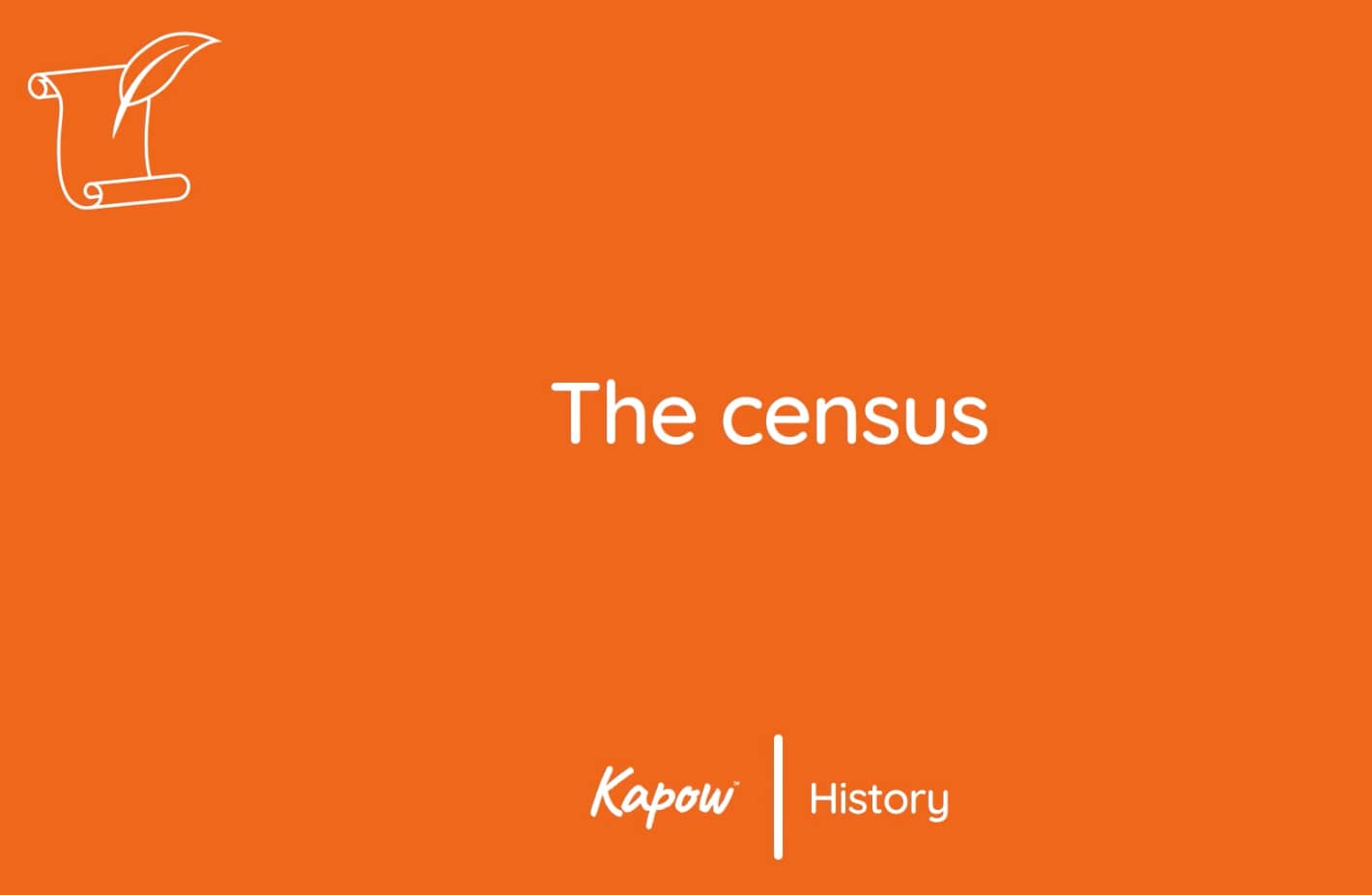
This Kapow Primary History video introduces the children to the purpose and development of the census, showing how civilisations from ancient Rome, Egypt and China to modern Britain have used population records to understand people and places and how these sources help historians learn about the past.









